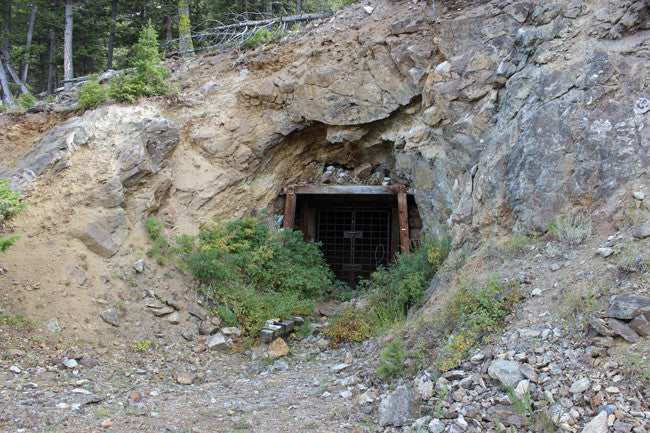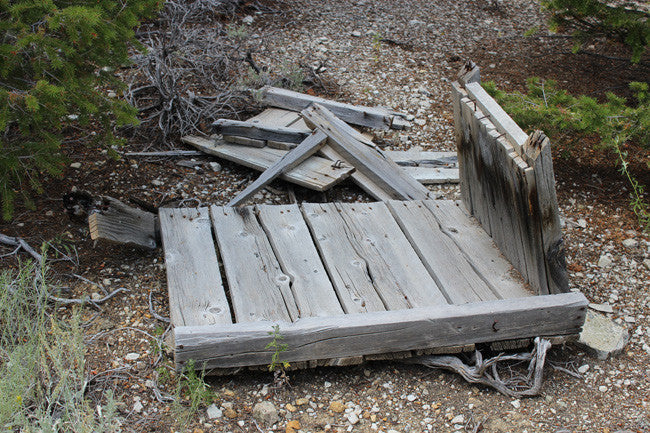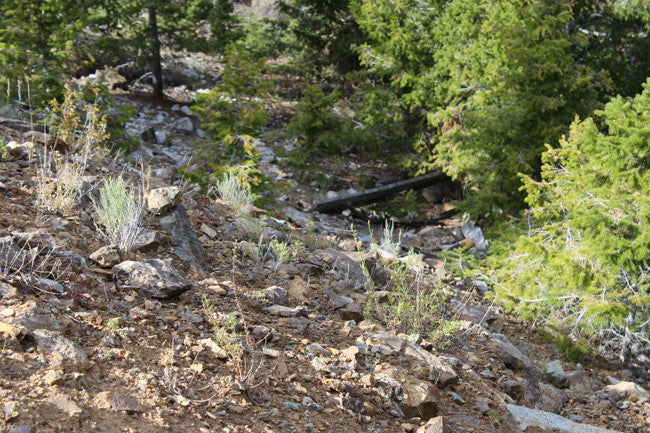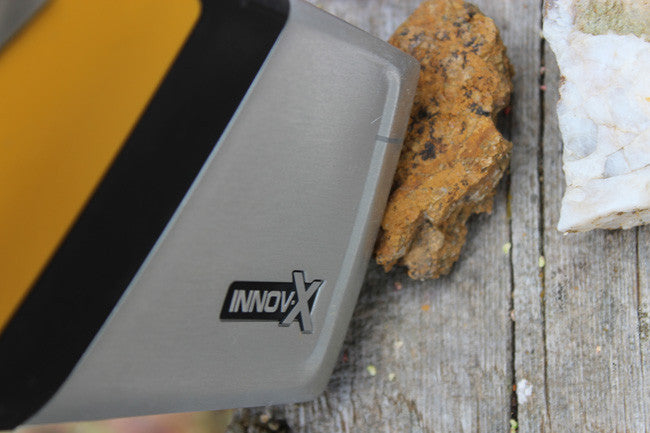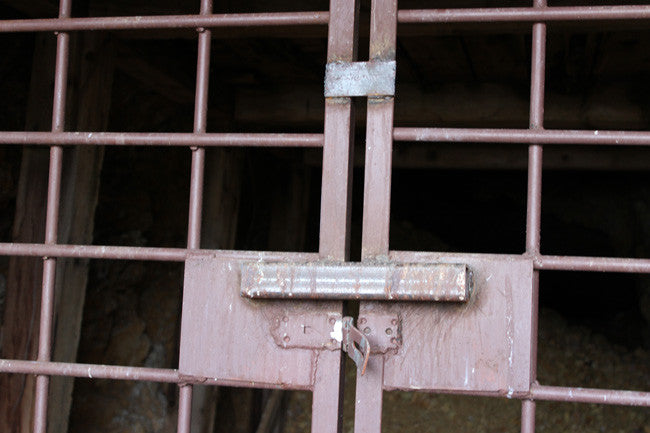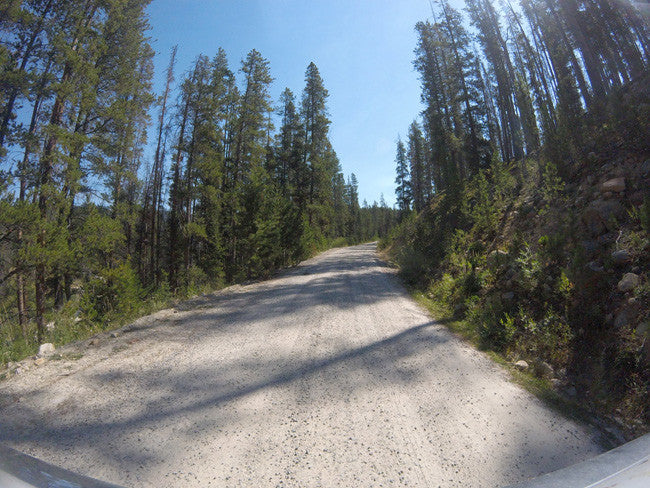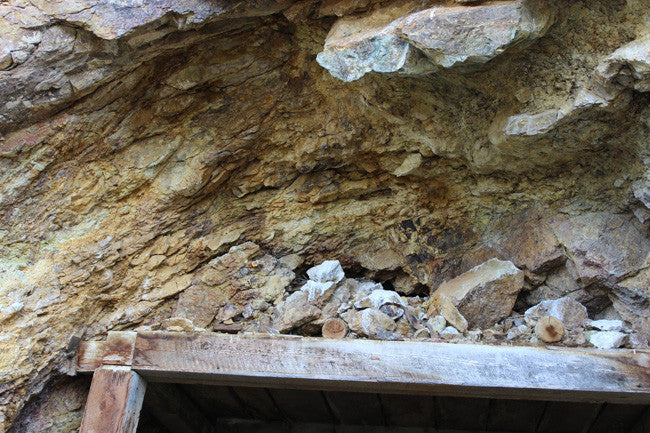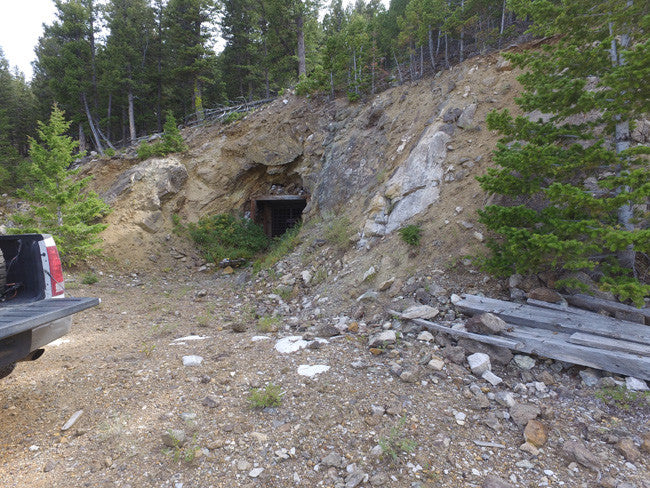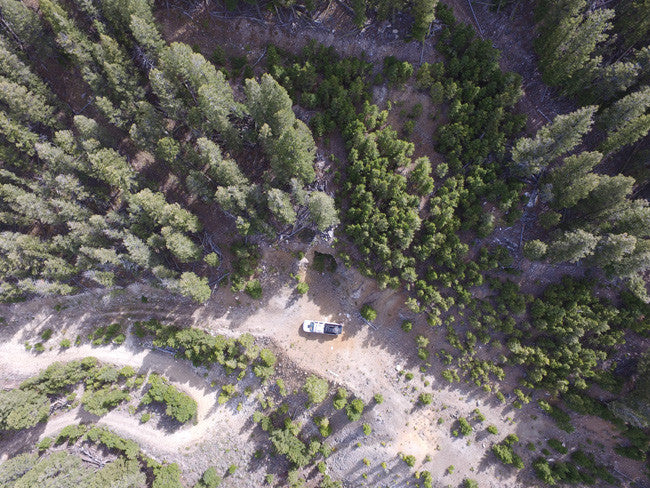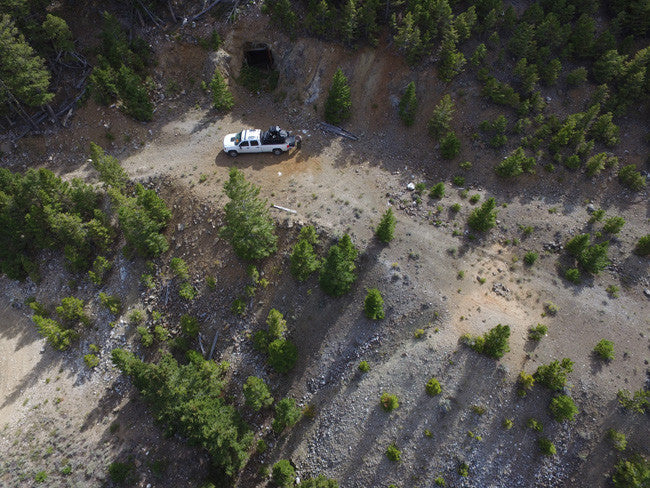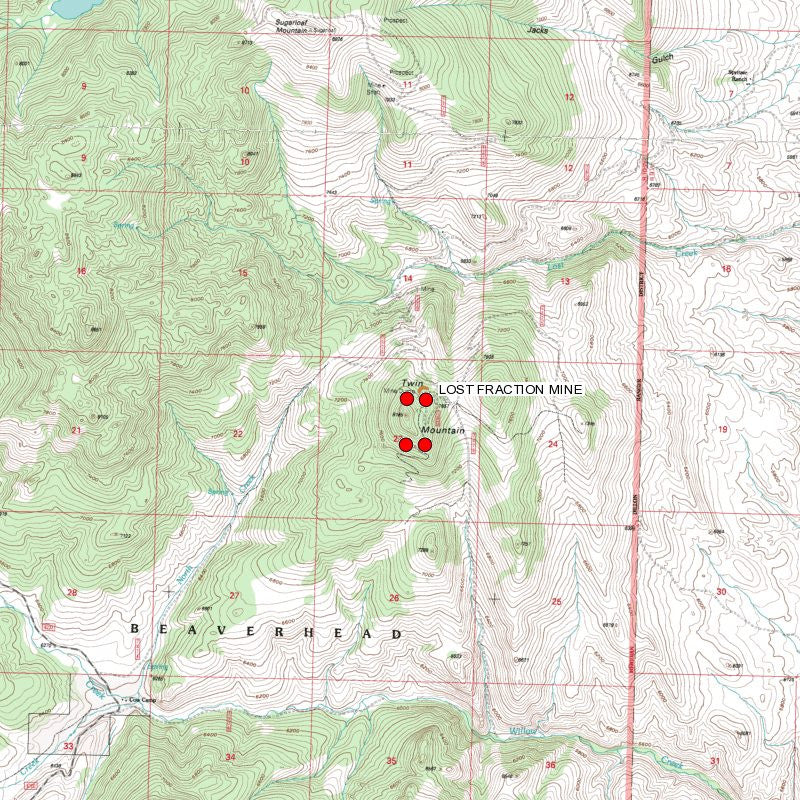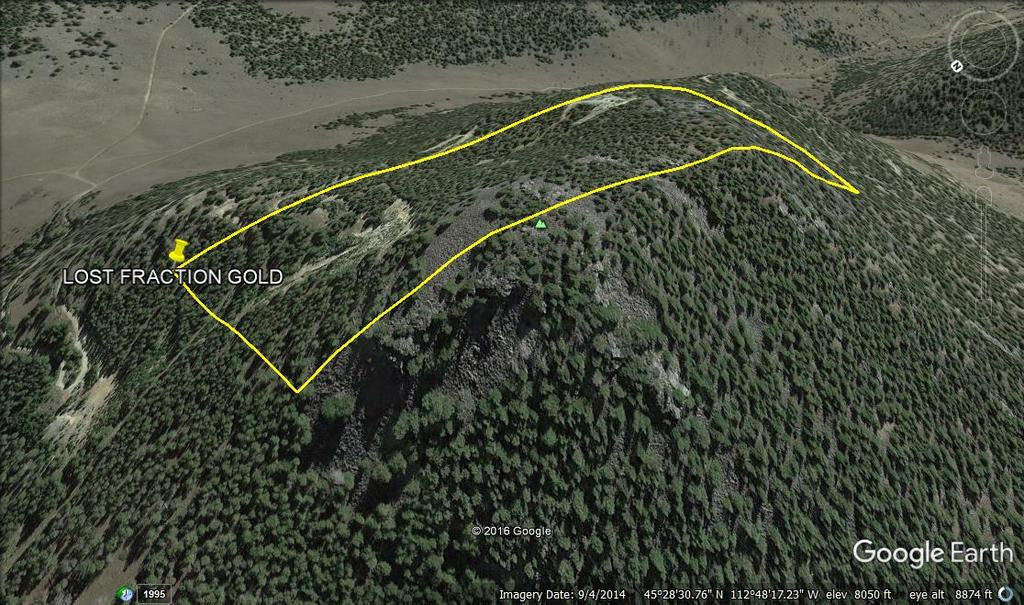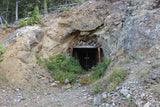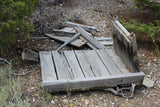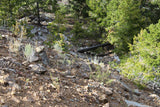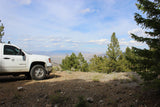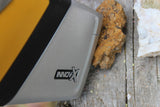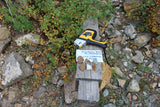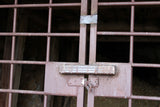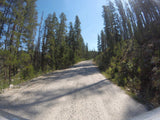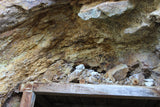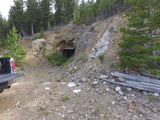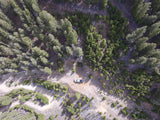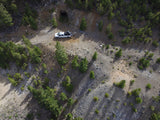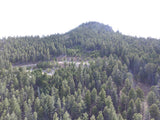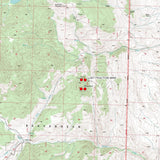Description
LOST FRACTION MINE
20.66 Acre Unpatented Lode Mining Claim on Federal Land Beaverhead County Montana

The Lost Fraction Mine sits at an altitude of 7,700 ft! The Lost Fraction Mine consists of a huge adit! It is big enough to fit a small car through it, and is gated with a steel gate. We highly recommend bringing some sort of tools to cut of the metal bars blocking the gate. Once opened, we would also recommend bringing chains and a padlock to secure the entrance and only be entered by the new owner. Inside the adit, about 10 ft. inwards to be exact, there are a couple of tons of high grade material. The claim has a total of 2,200 ft. of workings on two levels. There are massive tailings, with good color and a flat area for staging equipment and camping. The town of Dillon, MT is only about 40 minutes from the claim and has convenient stores, restaurants, and hotels!



TO VIEW MORE PICTURES: CLICK HERE

Buyer will receive the following with their completed transaction:
- Quitclaim deed showing full ownership of the claim. This will be stamped, recorded and verified with the County and the BLM offices.
- Welcome packet with all of the rules and regulations as they relate to the State and BLM where the claim is located.
- Educational documents to annually renew your mining claim with the BLM.
- A CD of all of the documented images of the claim including maps of the site.
- Map of claim marked and GPS coordinates.
- Multiple maps showing claim location and surrounding areas for access.



MINING DISTRICT PRODUCTION:
Mining began in the Elkhorn district with the discovery of silver in 1870. From that time, through the early twentieth century, the Elkhorn Mine, the most lucrative mine in the district, produced over 14.7 million ounces of silver, 20,000 ounces of gold, 14 million lbs. of lead, 2.8 million lbs. of zinc, and 148,000 lbs. of copper.
The Elkhorn mining district is historically referred to as a silver mining district; however, it has produced over 67,000 ounces of gold – 64 percent of all gold production has come from seven separate skarn occurrences scattered throughout the district, most of which are contained within Montana Mining’s Elkhorn Property.
Beaverhead County, in the southwest corner of the State, had a recorded gold production of about 370,000 ounces through 1959, but early production records are incomplete and total output may be considerably larger. In 1862 the first major placer was discovered in Beaverhead County and it started a gold rush to Montana. Before 1900 production from placers probably was considerably larger than from lodes; however, from 1904 through 1958 the county produced about 116,350 ounces of lode gold and only about 14,800 ounces of placer gold.



***Samples were pulled from our last visit. Below are the samples that you will receive.



(Below are the microscoped pictures of samples)





NEARBY FAMOUS MINE

The famous Elkhorn mine is located nearby the claim that is currently for sale (see map above).
History on Elkhorn Mine:
The Elkhorn-Beaverhead (OLD ELKHORN MINE) was first discovered in the Elkhorn Mining District in 1873. Research indicated that it first started producing in 1900. Silver was the largest commodity found followed by Zinc and lead with the teritary metal being gold. Through evolution, it became part of the Boston Montana Group. There was one open adit with a discharge estimated at 150 GPM. The maximum contaminant level was exceeded for cadmium in the adit discharge. A portion of the discharge flows over and through waste rock, to a settling pond, prior to discharging into Elkhorn Creek. There are two seeps associated with this site. The observed releases to Elkhorn Creek, were documented for Copper and Zinc.
In the twentieth century, virtually all mining activity in the district was centered on the Elkhorn lode. The massive operation to develop the lode would turn out to be one of Montana's last and largest silver mining ventures. The development, operation and ultimate failure of the Elkhorn project is illustrative of the lures and pitfalls of many similar large-scale mining operations which have come and gone in Montana during the past century. In 1893, the Elkhorn shut down, along with the district's other mines, after the disastrous drop in silver prices that year. By 1903, silver prices had recovered to a point where it seemed feasible to revive the Elkhorn mine. Tom Judge found a rich vein of silver ore while doing prospecting work on the Elkhorn Ledge.



Large-scale development of the Elkhorn lode got underway in 1911. William R. Allen, former lieutenant governor of Montana turned mining entrepreneur, became interested in the property and devoted his efforts to developing the Elkhorn mines on a scale which dwarfed anything attempted in the area before or since.
He helped form the Boston-Montana Development Corporation in 1913 and became its president. The company was incorporated with $15,000,000 in capital stock. Allen spent $474,000 of his own funds to purchase the principal mining claims, including the Elkhorn, Blue-Eyed Annie, Park, Idanha, Central, Aspen, Red Top, Mono, Boston, Crotto, Homestake, Washington, and Blue Jay, which he then sold to the new corporation. Eventually the corporation would acquire some 80 mining claims, covering 1600 acres.

Camping and RV Parks; 10-15 miles

ABOUT THE MINING DISTRICT
ELKHORN Mining District in Beaverhead County, MT
The Elkhorn mining district is in the Pioneer Mountains northwest of Comet Mountain at the headwaters and on the divide of Wise River and Grasshopper Creek and was also known as Coolidge Wise River District. The central group of claims is at an elevation of 7,000 to 8,000 feet above sea level about four miles northeast of Elkhorn Hot Springs on the west side of the East Fork of Wise River. A decade after the first gold strikes in southwestern Montana, several mining districts in the Pioneer range became major silver producers, but Elkhorn with all its activity and notoriety was not among them.
The geology of the Elkhorn district is taken primarily from Winchell (1914:168-159) who describes the country rock of the Elkhorn district as a porphyritic quartz monzonite with euhedral plagioclase, quartz, biotite, hornblende, magnetite, apatite, and pyrite. The Elkhorn district monzonite covers a large portion of the south end of the Pioneer range, extending south about eight miles to the Polaris mine, southwest about four miles to Grasshopper Creek and north and east to Hecla. In general, the ores of this district are of low grade, but the veins are large.
Within the Elkhorn district the monzonite is penetrated by dikes of aplite and pegmatite and by fissure veins containing copper ores in a quartzes gangue. In the southwestern part of the district the monzonite is intersected by narrow seams of quartz with pyrite carrying a little silver and copper. The veins contain chalcopyrite, galena, sphalerite, and chalcocite films on pyrite. In the oxide zones, the copper minerals include malachite, azurite, and native copper. Fissure veins in the central portion contain pyrite and chalcopyrite. Sooty copper glance is formed at water level at a depth of 150 to 250 feet. Also present are veins along aplitic intrusions containing argentiferous galena and tetrahedrite with bornite.
Montana has a rich mining history, and the state is ranked as the 7th largest producer of gold in the United States by the US Geological Survey. The first gold discoveries in Montana occurred in 1852, but it was the major strike on Grasshopper Creek in 1862 that brought gold seekers into the southwest corner of the state.


ACCESS
Although the roads leading up to the historic claim are in good shape, 4WD is highly recommended. There is evidence of the roads having been used recently, but no evidence of anyone visiting the claim. We would strongly advise against bringing a trailer up to the claim because of the altitude and road conditions.




LEGAL NOTES
A mining claim gives the holder the right to mine on mineral-rich land that belongs to the federal government.
We offer a lifetime guarantee should the State/Government take back the land.
As the largest company in the mining industry selling legitimate and valuable historic claims, you can rest assured that you are not only covered with our 100% lifetime money-back guarantee, but you can also rest easy that there is no fine print on any of our claim listings telling you will have to deal with any games like being charged phony fees or having to pay inflated “processing” or “transfer” fees. The final price for this mine is ALL you will pay.
-PLUS-
We'll take care of all the paperwork and arrangements so you can enjoy your claim immediately after payment and we keep you informed through the entire process with confirmations when payment is received, when your paperwork has been shipped.

While we cannot physically ship land to you as it doesn't quite fit into the mail box ;)
We will ship all paperwork/maps upon payment clearing we ship same business day (if payment is received by 1PM P.S.T.) We always provide tracking information so you are always informed.
